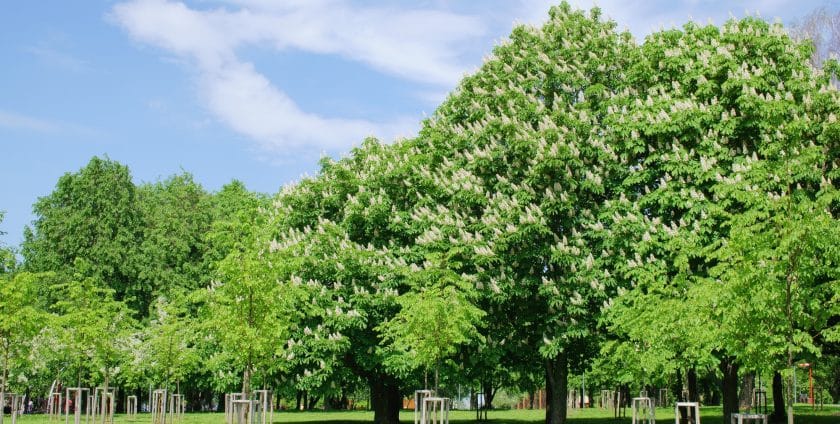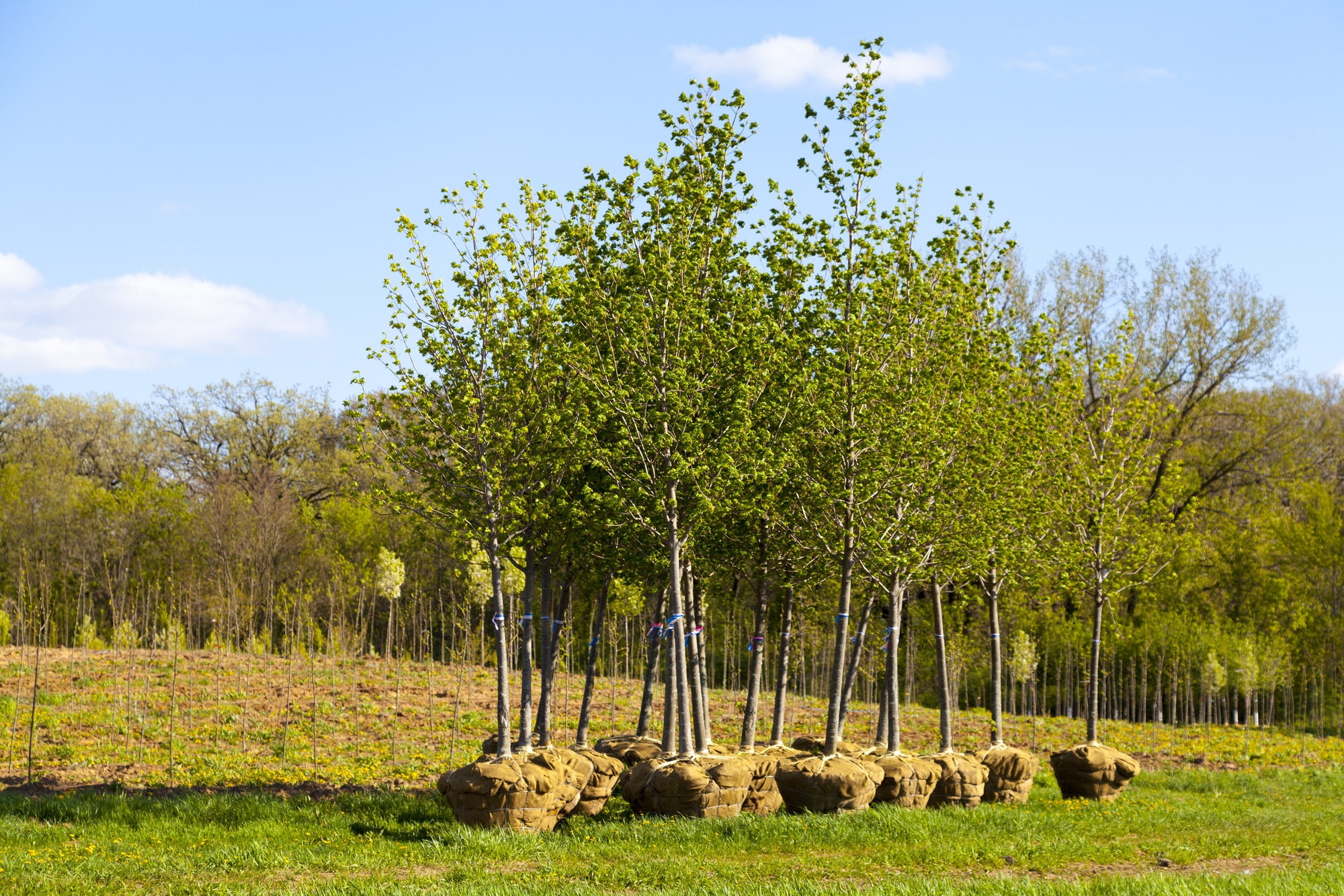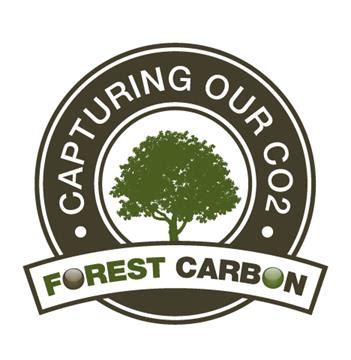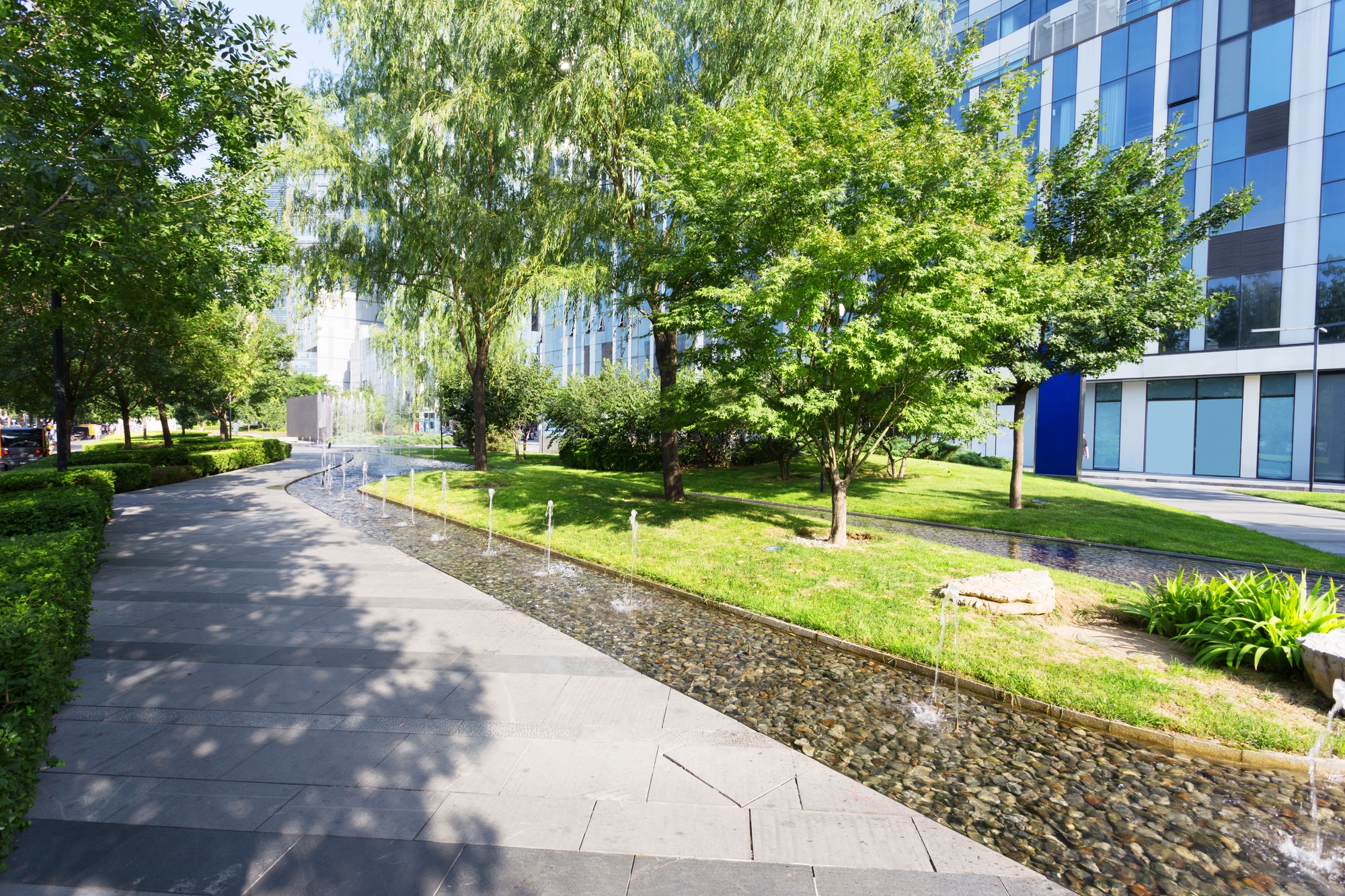
- By: admin
- 0 comment
Planting Trees and Net Zero – a Carbon Capture solution?
It is generally accepted that it will be impossible to eliminate all greenhouse gas emissions. Therefore, in order to achieve Net Zero greenhouse gas emissions by 2050, it is essential that these residual emissions are removed from the atmosphere through some form of Carbon sequestration.
This means the physical removal of carbon dioxide from the atmosphere; by trapping and storing it in soils, trees, underground reservoirs (e.g. worked out natural gas fields), rocks and the ocean. Technologies to store carbon in such things as concrete and carbon fibre are under consideration. Currently forestry is still the most effective method of carbon sequestration, if done properly.
Carbon Offsetting
Carbon Offsetting is a reduction of greenhouse gasses in one place to compensate for emissions made elsewhere. In the past, carbon offsetting often involved planting trees to reduce carbon emissions in one place, often in developing countries, to counteract emissions made in the developed world. Many of these schemes were of dubious quality and were ineffective. As a result, future schemes will be viewed in a much tougher light and many international carbon credits are unlikely to be acceptable. Therefore, more forestry schemes will be located in the UK.
The Effectiveness of Tree Planting

Genuine Afforestation
Tree planting needs to be done on a large scale, be well-controlled and monitored to be relevant. As mentioned above, there has been much controversy surrounding carbon offsetting schemes based on afforestation. Therefore, afforestation as a method of carbon offsetting is likely to come under greater scrutiny.
There are four main elements required for a relevant afforestation scheme:
- First, it must not be part of a project that would have happened anyway.
- Secondly, the forest itself must use the correct mix of appropriate tree types, planted in the right place, then managed and protected in the long term. The long term is 100 years or more.
- Thirdly, whatever activities the land was being used for prior to the start of the afforestation project, must not be displaced in such a way as to lead to a new source of carbon emissions (e.g. removing trees somewhere else).
- Fourthly, there must be no double-counting of the carbon credits generated (e.g. both the landowner and purchaser reporting reduced emissions for the same project).
If you plan to invest in this method of carbon capture use a reputable organisation; Forest Carbon and The Woodland Trust both have solid reputations. They fully understand these issues.
space
Space
Other benefits
Tree planting should not be viewed simply in terms of carbon capture. Planting of woods and forests will also improve biodiversity and aid flood prevention. Although these do not affect Net Zero, they will provide benefits for the country as a whole and present a positive impression to an organisation’s stakeholders.
The significance of trees for providing shade and as wind-breaks is often underestimated.
“When shade is cast on an office building or home, internal temperatures can drop 8–10°F. Some estimates say the shade from a single tree can save the same amount of energy it takes to power 10 room-sized air conditioners for 20 hours a day!”
“Trees provide important windbreaks around buildings to reduce heat loss by as much as 50%, lowering heating costs and energy consumption…”
Source: US Environmental Protection Agency
For these reasons, organisations should consider planting carefully positioned trees around their offices and other buildings.
Conclusions
Planting trees is an effective method of removing carbon dioxide from the atmosphere. However, it is essential to use a reputable organisation to manage the process. As already stated, many organisations will not be able to completely eliminate greenhouse gas emissions from their operations. They should start planning now as to how they will reduce their emissions and determine the amount it will not be possible to eliminate. This will then determine the number of trees that need to be planted to absorb these emissions.
If you want to learn more and how to obtain legitimate carbon credits, please contact me on the email address below.
Glen Winkfield
glenw@ghginsight.com
22th September 2020
Further Information
If you’d like further information on Greenhouse Gas reporting, Streamlined Energy and Carbon Reporting (SECR), supplier environmental questionnaires, or how to achieve zero carbon emissions, then please contact Glen Winkfield at glenw@ghginsight.com. or follow this link…


